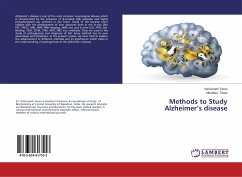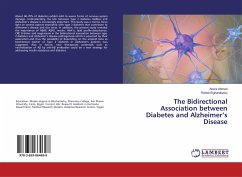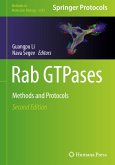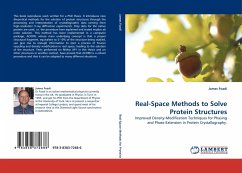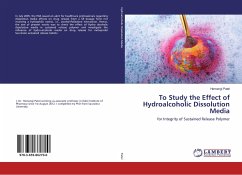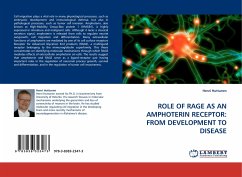Alzheimer s disease is one of the most common neurological disease which is characterized by the presence of -amyloid (A ) peptides and highly phosphorylated tau proteins in the brain. Study of AD became more reliable with the development of new advances both in the in-vivo (like PET, SPECT, MRI, MRP, FMR Imaging, NMR etc) and in-vitro (CD, FTIR, Dye Binding, TEM, STEM, STM, AFM, FRET etc.) methods. They are used in the study of pathogenesis and diagnosis of AD. Every method has its own advantages and limitations. In the present review, we have tried to explain the advancement of different methods and its significance which helps in the understanding of pathogenesis of the Alzheimer s disease.

